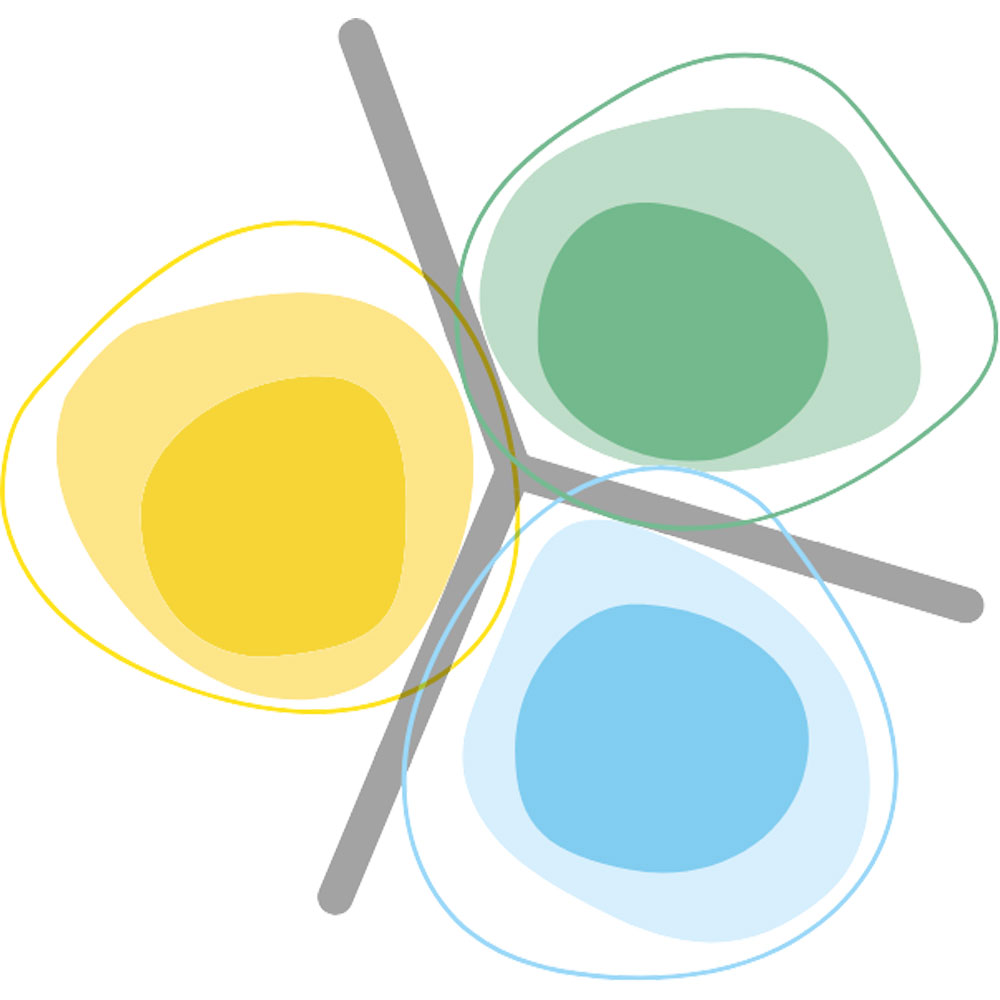Schwemme e.V., with its support association and currently 35 members, has been a non-profit organization dedicated to the acquisition, preservation and use of the architectural and cultural monument since 2015. The civic commitment is drawn from a wide range of professional groups and social milieus. In April 2016, the association acquired the industrial monument and took over the implementation of the “Schwemme – creativity by the river” activation concept commissioned by the city. With the support of the German Federal Cultural Foundation, the cultural revival took place in 2017 under the title “Signs of Life”. The experience gained from various (cultural) projects was incorporated into a sustainable development concept. The structural protection of the monument was completed in 2023, financed by almost 1 million euros in urban development funding and private donations of over 200,000 € as well as a great deal of personal contribution from the association's members.
In continuation of the development goals, the project partners plan to create a clay building competence center in parts of the building complex under the guiding principles of LEARNING-CREATING-MEETING. This is where sustainability, beauty and community come together. This center is intended to bundle the many possible uses of clay and other natural materials in closed cycles and promote practical teaching through theoretical and practical workshops for people of different ages and backgrounds.
The NEB values and principles are put directly into practice: the focus on sustainable construction methods and community building, innovative educational formats and artistic exploration aim to achieve the following goals:
